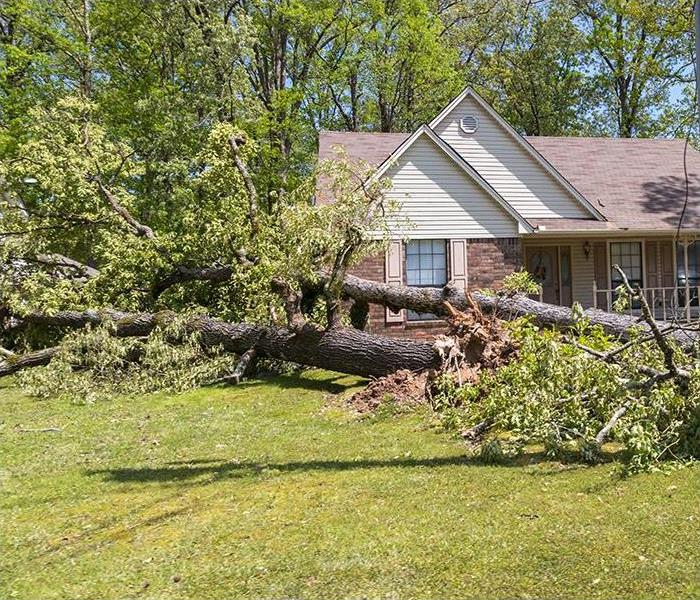Fall Tornado Season
8/25/2021 (Permalink)
Tornado season usually happens in the spring. Warm fronts and cold fronts collide as winter fades to an end, and when this happens, it can result in unstable weather patterns that can form tornadoes. People typically think of the midwestern plains states like Oklahoma and Kansas in regards to high tornadic activity, but as just about anyone who lives in the South can tell you -- tornadoes come through here, too! While parts of the South experience tornadic weather in the spring, there is an increased risk of tornadoes forming later in the year. This is mostly due to the warm Gulf waters that keep the Gulf Coast warm while the weather begins to turn cool for the rest of the country. Just like in the spring, this often makes atmospheric conditions favorable for strong thunderstorms that can spawn tornadoes.
What atmospheric conditions need to be present for tornado formation? There are four: Shear, Lift, Instability, and Moisture, or SLIM, for short.
SHEAR means the wind shear. This refers to the speed and direction of the wind, which can increase rotation during a thunderstorm.
LIFT could be a warm or cool front that encounters the thunderstorm and pushes it up, sometimes resulting in rotation.
INSTABILITY is exactly that -- the atmosphere is a mix of different elements, like when a cool front encounters warm ground temperatures. When wind shear is introduced, it lifts through the storm clouds and intensifies the thunderstorm.
MOISTURE means humidity. Southern states are traditionally very humid, and warm weather lasts longer throughout the year. The extreme humidity is like gasoline to thunderstorms.
When these atmospheric conditions combine, it increases the likelihood of a tornado breakout. Pay attention to weather forecasts, and have a safety plan for yourself and your family.






 24/7 Emergency Service
24/7 Emergency Service
